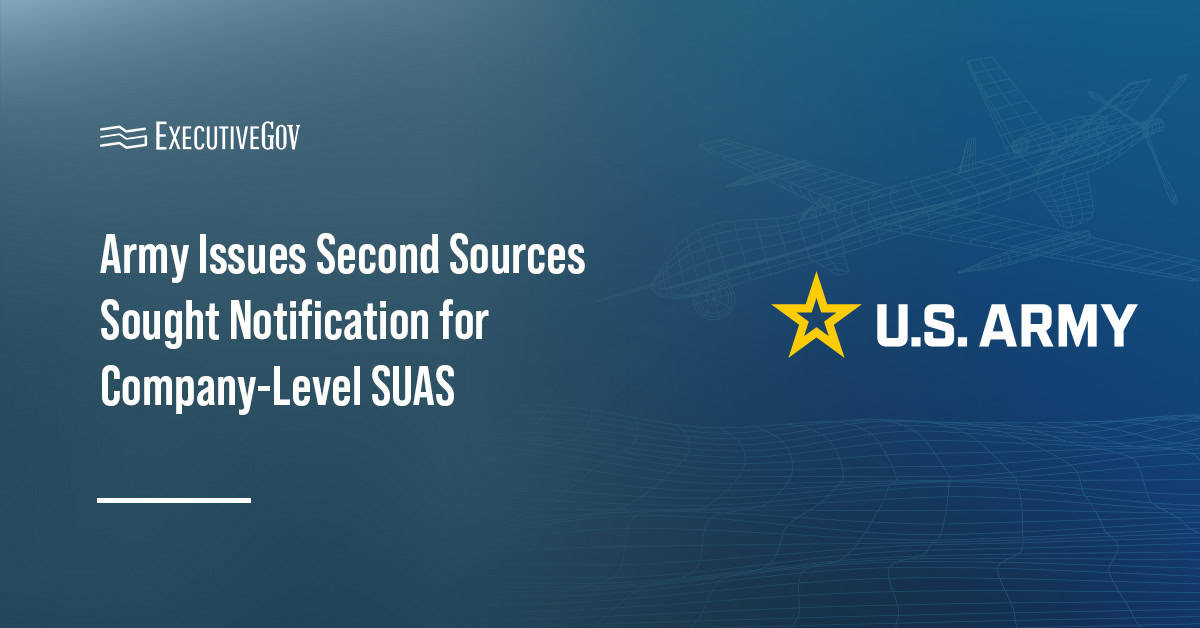 The U.S. Air Force will reduce its order of the conventional takeoff and landing variant of the Lockheed Martin-built F-35 jet to 43 in fiscal year 2017 due to budget concerns, Defense News reported Wednesday.
The U.S. Air Force will reduce its order of the conventional takeoff and landing variant of the Lockheed Martin-built F-35 jet to 43 in fiscal year 2017 due to budget concerns, Defense News reported Wednesday.Lara Seligman writes that sources indicate the service branch’s 2017 budget request will cut five F-35As from the planned 48 aircraft purchase.
The report said Pentagon acquisition chief Frank Kendall indicated the possibility of an F-35 procurement cut in December.
“Dollar for dollar, it probably gives us more combat capability than any other investment we’re making but we have a lot of other things that we have to do as well,” he said at the time, according to the report.
Seligman reports the Defense Department still plans to include 10 additional F-35Cs for the U.S. Navy and three extra F-35Bs for the U.S. Marine Corps in the 2017 budget.





